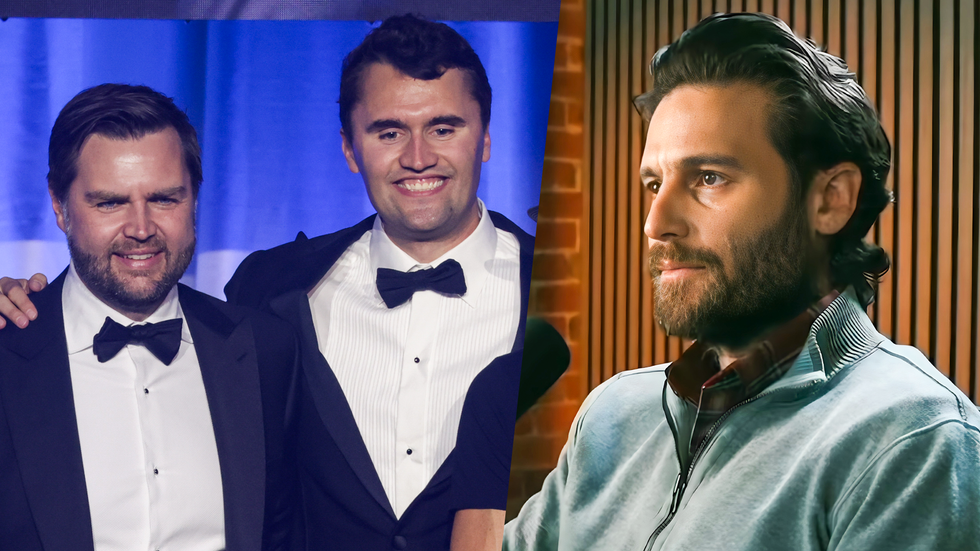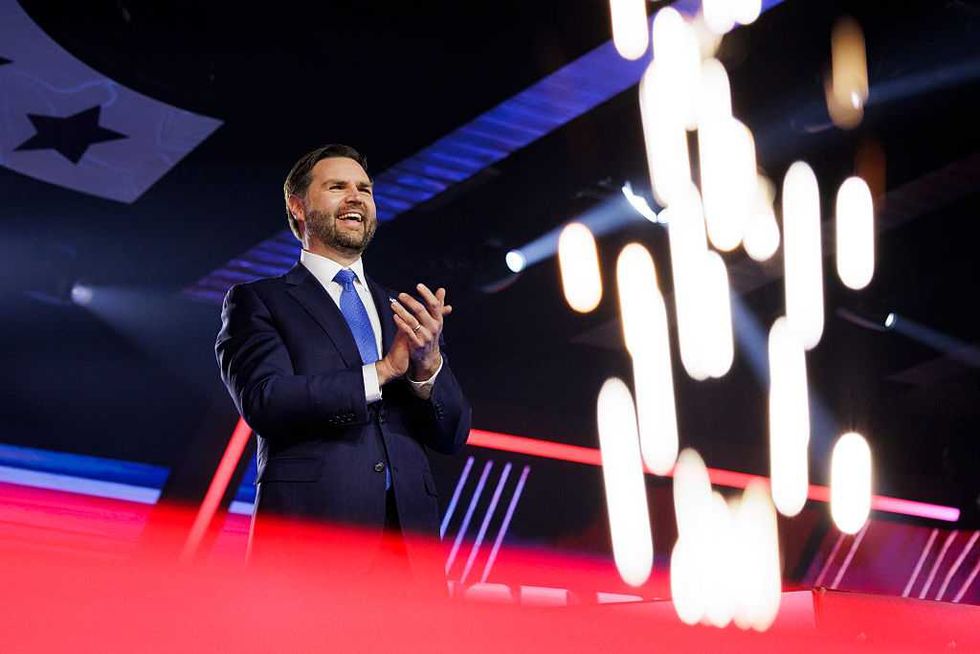
www.theblaze.com
DOGE didn’t die — it moved to the states
The media and conservative pundits may have buried the Department of Government Efficiency, but they have yet to carve a date of death on its tombstone. While DOGE in Washington may have appeared to insiders as a vanity project, voters saw it as a mandate — one that Republicans at the federal level have largely set aside in favor of politics as usual.But activists have not forgotten. In red states across the country, they are still demanding accountability. And in Idaho, that pressure is finally producing results.If Idaho can succeed and follow Florida’s lead, there is no serious reason other red states cannot do the same — unless they are prepared to admit they never intended to keep their promises.For what appears to be the first time, state legislators serving on Idaho’s DOGE Task Force concluded their 2025 work with a meeting that departed from months of cautious, procedural discussion. Members asked harder questions, voiced long-simmering frustrations, and issued a recommendation that could reshape the state’s fiscal future: urging the full legislature to consider repealing Medicaid expansion, a costly policy that has drained taxpayers of millions.Red states can’t stall foreverIdaho may not be Florida, where Republican Gov. Ron DeSantis’ DOGE-style reforms have produced consistent wins for fiscal sanity and limited government. But it is doing more than other red states, such as North Dakota, where a DOGE committee stacked with Democrats predictably ignored the voters’ mandate.The Idaho meeting exposed growing dissatisfaction with the task force’s approach. Over the summer and fall, the committee — charged with identifying inefficiencies — repeatedly deferred to state agencies for suggestions on cuts. Unsurprisingly those agencies offered little beyond cosmetic changes.Idaho state Rep. Heather Scott (R-LD2, Blanchard) gave voice to that frustration. “What is the goal of this committee?” she asked, pressing colleagues to offer recommendations that actually matter. “Twenty thousand here, 50,000 there, or removing old code is not meaningful efficiency,” Scott said. Repealing Medicaid expansion, she argued, would be one of the “best decisions” the state could make.Nibbling at the edgesScott’s experience on the Idaho task force stands in stark contrast to the early federal DOGE efforts, which moved aggressively to slash U.S. Agency for International Development’s workforce, freeze fraudulent payments, and cancel billions in corrupt contracts. By comparison, Idaho’s task force had mostly nibbled at the edges. This recommendation marked its first serious step toward substantive reform.Another revealing moment came from co-chairman state Sen. Todd Lakey (R-Nampa), who read a letter from a small-business owner offering health insurance to employees. Workers routinely request schedules capped at 20 to 28 hours per week to preserve Medicaid expansion benefits — even though full-time work would require only a modest contribution toward employer-provided coverage.The result is a perverse incentive structure: businesses struggle to find full-time workers while taxpayers subsidize underemployment. The government fuels workforce shortages through welfare, then spends more taxpayer dollars trying to fix the shortages it created. This welfare-workforce vortex is the opposite of efficiency, and it is spreading nationwide.The meeting’s most explosive moment came from state Rep. Josh Tanner (R-Eagle), who described Idaho’s Medicaid reimbursement structure as resembling “money laundering.”Citing analysis from the Paragon Health Institute, Tanner explained how provider assessment fees allow states to inflate Medicaid spending to draw down larger federal matching funds, cycling the money back through enhanced payments. Paragon has described these arrangements as “legalized money laundering” — schemes that shift costs to federal taxpayers while enriching connected providers or funding unrelated priorities.Nationally supplemental payments now exceed $110 billion annually, siphoning hundreds of billions from taxpayers over a decade.RELATED: Turn off the money; they’ll leave: Elon Musk nails the border truth Photo by Kevin Dietsch/Getty ImagesDOGE’s second lifeMy sources tell me that hospital lobbyists went into panic mode after the meeting, urgently contacting Capitol officials to contain the fallout from Tanner’s remarks.For the first time, the task force aired real frustrations, documented real harms, and named real abuses. That alone offers reason for cautious optimism.Idaho now has committed conservatives in positions of influence. With the task force’s recommendation to revisit Medicaid expansion heading to the legislature, the state has an opportunity to govern as it campaigns — preserving liberty, restoring accountability, and expanding opportunity.If Idaho can succeed and follow Florida’s lead, there is no serious reason other red states cannot do the same — unless they are prepared to admit they never intended to keep their promises in the first place.













